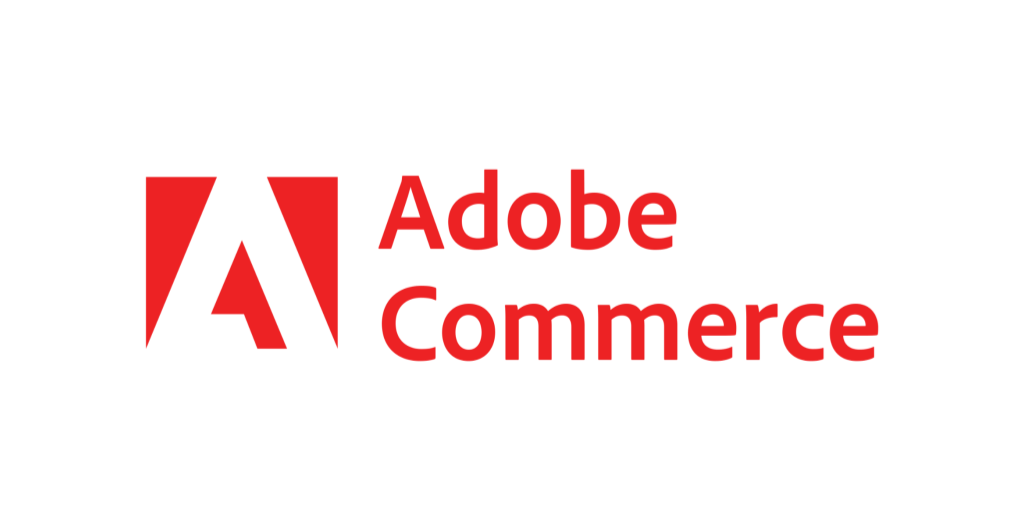
When we wrote about the key differences between Adobe Commerce and Magento Open Source, it seems we only scratched the surface.
Adobe Commerce Enterprise Solutions Architect, Stephen Garner very kindly gave us some of his time to take us through the finer details around Adobe Commerce’s latest features, strategic shifts, and the evolving ecosystem.
Firstly, we discussed the fact that a lot of people think Adobe Commerce is Magento Open Source plus B2B and a few other things such as merchandising tools, and that’s it.
But, there’s so much more to it!
Let’s dive into the key takeaways from this fascinating conversation.
1. API-first approach
Adobe Commerce adopts an API-first approach with API Mesh and App Builder, allowing seamless integration with other systems and custom application development.
This reduces technical debt and enhances the overall architecture. API Mesh comes with cloud-based subscriptions, while on-premises deployments require an additional purchase.
Adobe is working on new capabilities such as separating the catalogue service for easier platform extension and customisation.
2. Composable architecture
Adobe Commerce embraces a composable architecture, breaking down the platform into manageable components to facilitate customisation, extensions, and improvements.
Composable services such as Live Search, Product Recommendations, Catalogue Service, and Price Indexation can be used independently or together.
Live Search and Product Recommendations, Catalogue Service and SaaS Indexer are included in all Adobe Commerce subscriptions and are otherwise no-cost to use.
Adobe Commerce offers Adobe Payments, an integrated payments solution integrated with PayPal, providing market-beating rates, fraud protection, chargeback protection, dashboarding, and Apple Pay and Google Pay integration.
Unlike other e-commerce vendors Payment Service platforms, Adobe Payments is free to use, where Adobe can negotiate rates, or allow merchants to bring their own rates via their existing PayPal agreement, to the platform.
3. Evolution of architecture
A new service called Edge Delivery Services (EDS) will support those merchants who want a solution to perform front ends headlessly, with a composable set of services that enables a rapid development environment, where authors can update and publish quickly, and new sites are launched rapidly.
As Adobe Commerce transitions from a monolithic architecture to a more composable and cloud-based approach, core components remain, while new features include the introduction of App Builder for merchant extensions and the creation of a stateless architecture.
This strategic move aims to provide merchants with the flexibility to adapt and switch services seamlessly.
Summary
Adobe Experience Cloud is being broken into its constituent services, allowing merchants to choose and use only the services they need.
API Mesh provides a middleware layer that connects these services.
App Builder is a development area that allows merchants to create their own extensions to Experience Cloud and other external services such as ERPs, OMS, WMS etc.
Adobe has built native connectivity from Adobe Commerce to wider Digital Experience solutions, called Experience Platform Connector that integrates Adobe’s solutions with data, and through Experience Edge for APIs and eventing.
Adobe is hyper focused on continuing to evolve solid solution foundations and providing a smooth and efficient upgrade experience for merchants.
Hopefully, this has given you a little more insight into the key differences between Adobe Commerce and Magento Open Source, and how Adobe Commerce is shaping the future of e-commerce.
Features such as live search, segmentation, product recommendations, and Adobe Payments, backed by PayPal, stand out.
The App Builder and API Mesh present an exciting opportunity to streamline integrations, reducing technical debt in your commerce architecture.
This is all really exciting stuff and we can’t wait to share more of the latest Adobe Commerce developments as they happen.
Don’t get us wrong, Magento Open Source remains excellent; Adobe Commerce just cranks it up a few gears!
Not sure what platform is right for you?
Consider consulting an agency familiar with Adobe Commerce for a strategic approach.
That’s us, by the way!
Contact us for an informal chat today.


